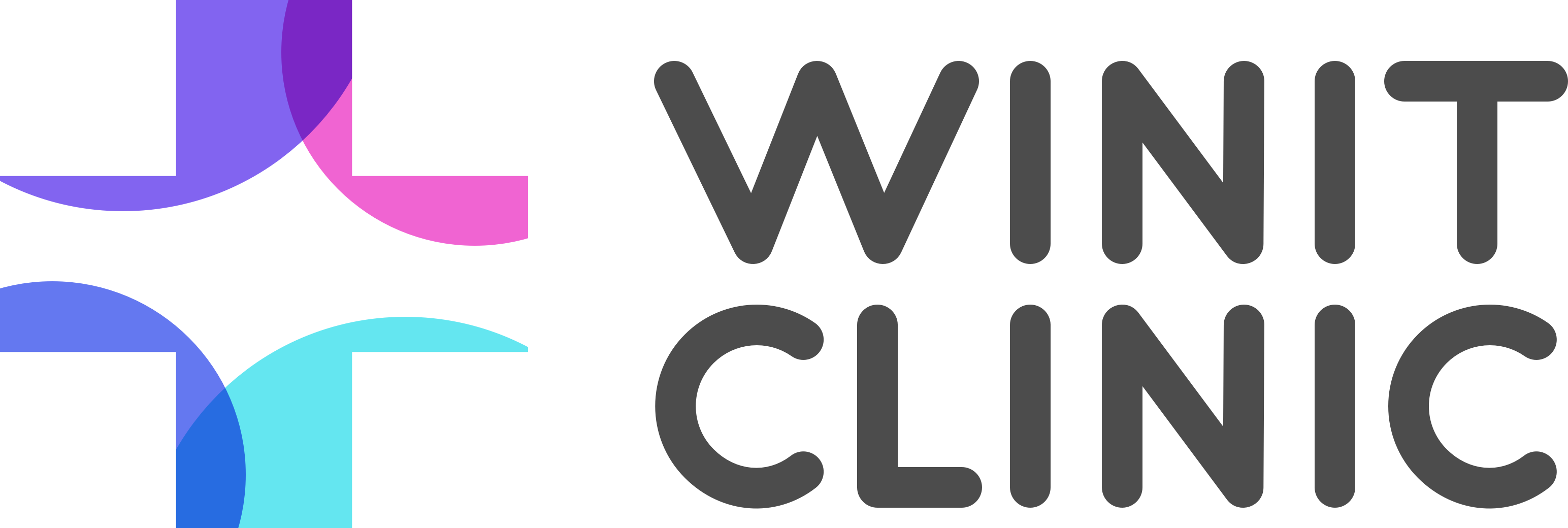Acute lymphoblastic leukaemia treatment
Prevent, alleviate, or heal disease—naturally.
Meet our practitioners who specialize in natural Acute lymphoblastic leukaemia treatment
Recommended health tests for Acute lymphoblastic leukaemia
How it works
Consult with our health coaches who will learn about your symptoms, habits, and goals.
Take personalized home health tests to discover potential root causes of any symptoms or conditions you may have.
Review your results in just days with our functional medicine doctors, nurses, and dietitians who will help you achieve optimal health.
Learn about Acute lymphoblastic leukaemia
Acute lymphoblastic leukemia (ALL) is a type of cancer that primarily affects the blood and bone marrow, the spongy tissue inside bones where blood cells are made. Characterized by the overproduction of immature white blood cells, known as lymphoblasts or leukemic blasts, ALL disrupts the normal production of cells and leads to an array of health issues. It's the most common type of cancer in children, though it can also affect adults, making understanding and managing this condition crucial for a broad audience.
Causes
The exact cause of Acute lymphoblastic leukemia (ALL) remains largely unknown; however, researchers believe it's a result of a combination of genetic and environmental factors. Specific genetic mutations in the DNA of bone marrow cells can lead to the rapid production of immature blood cells, overshadowing the production of healthy cells. Environmental factors, though not directly causing ALL, might influence its development in individuals with genetic predispositions.
Signs and symptoms
- Fever and night sweats - Easy bruising or bleeding - Frequent infections - Weakness or fatigue - Pain in the bones or joints - Swollen lymph nodes - Unintended weight loss - Shortness of breath
Diagnosing Acute lymphoblastic leukaemia
Diagnosing ALL typically begins with a physical examination to check for swollen lymph nodes, spleen, or liver. To confirm the diagnosis, doctors may order blood tests to look for abnormal levels of white or red blood cells or platelets, which could suggest leukemia. A bone marrow biopsy is the definitive test for ALL; it involves taking a sample of bone marrow from the hipbone or breastbone and examining it for leukemic cells.
Prevention and natural treatment
While prevention of ALL is not currently possible due to its unclear causes, early detection and treatment can significantly improve outcomes. In the realm of functional medicine, treatments aim to support the body's health while simultaneously addressing the symptoms of ALL. Dietary adjustments are central, with a focus on organic vegetables, fruits, and whole grains that support the immune system. Probiotics and foods rich in omega-3 fatty acids can help manage inflammation and support healing. Adequate hydration and regular physical activity are also recommended to support blood circulation and detoxification. Supplementation, carefully orchestrated by a healthcare provider, may include vitamins, minerals, and herbal extracts known to support bone marrow function and overall health. However, these should complement rather than replace conventional treatments such as chemotherapy, radiation therapy, or stem cell transplantation, which remain the cornerstone of ALL treatment. Detoxification practices, stress management, and ensuring a restful sleep environment can further bolster the body's ability to cope with the disease and the effects of aggressive treatments. Holistic therapies such as acupuncture, massage, and meditation may offer symptom relief and improve quality of life. Managing Acute lymphoblastic leukemia, especially with a natural and holistic approach, requires a multi-disciplinary effort and a comprehensive treatment plan tailored to the individual's unique condition and needs. Always consult with healthcare professionals before beginning any new treatment strategies.
Browse popular locations
Atlanta, GA
Houston, TX
Chicago, IL
Los Angeles, CA
Miami, FL
Austin, TX
Dallas, TX
New York, NY
Seattle, WA
Charlotte, NC
Denver, CO
Maryland, NY
Connect with an expert for Acute lymphoblastic leukaemia



